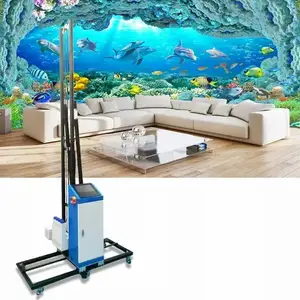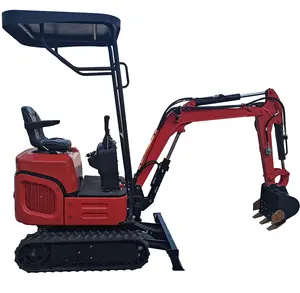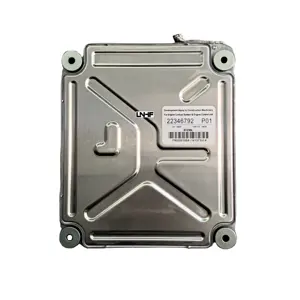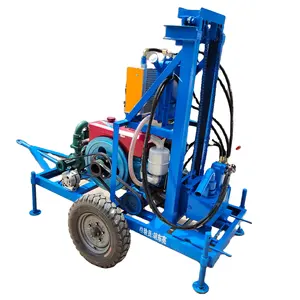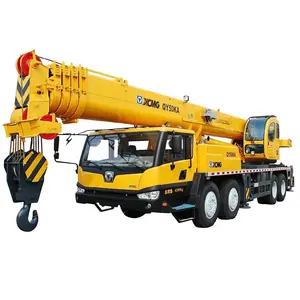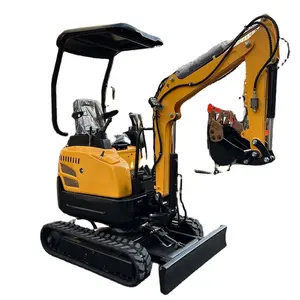Popular in your industry
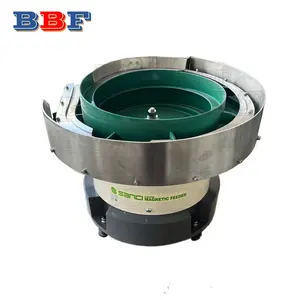












































































Related Searches:



























































































































Top categories
About vibratory feeders vibrate bowl
Vibratory bowl feeders, also known as vibratory bowls or vibro bowls, are automated parts feeding equipment widely used in assembly and manufacturing industries. These feeders feature a vibrating bowl that orients and feeds various small-sized components, nuts, bolts, and other items in a controlled manner. Typically, a vibratory bowl feeder consists of a bowl, a base with an electromagnetic drive unit, and a set of custom-designed tooling components like ramps, tracks, or grooves. The bowl is made from a durable material, often stainless steel, and has a spiral track or other internal structure for parts to move along. In the base, the drive unit generates vibrations, causing the parts to move within the bowl and along its track.
Types of vibratory bowl feeders
Vibratory bowl feeders are classified into several types based on their designs and applications. The first type is centrifugal bowl feeders, which use a spinning disc to generate centrifugal force, pushing the parts towards the outer edge of the bowl. The second type is cylindrical vibratory bowl feeders, which have a cylindrical-shaped bowl suitable for feeding longer or tubular components. The third type is conical bowl feeders, where the bowl has a cone-shaped design, making them ideal for feeding parts that need singulation or orientation. The fourth type is step feeder bowls, which feature a series of steps or levels inside the bowl, allowing them to handle multiple components of varying sizes. The fifth type is small vibratory bowl feeders, designed for tiny components and applications demanding high precision. The sixth type is vibratory hoppers, which integrate a hopper above the bowl to store a larger volume of parts and a gate mechanism to control the flow of components into the bowl. The seventh type is flexible bowl feeders, offering customization by using flexible materials for the bowl construction to adapt to irregularly shaped parts or changing production requirements.
Applications of vibratory bowl feeders
Vibratory bowl feeders are widely used across various industries, including automotive, electronics, pharmaceuticals, and consumer goods. In the automotive sector, they find application in assembling components for engines, transmissions, and interior parts. In electronics manufacturing, these feeders handle delicate components such as small connectors, screws, and electronic chips. In the pharmaceutical industry, they assist in the precise assembly of medical devices and equipment. In the consumer goods sector, vibratory bowl feeders are employed in the production of items like cosmetics, toys, and household appliances. Besides, they are also used in industries like food and beverage, packaging, and aerospace for tasks such as sorting, aligning, and packaging small components.
Advantages of using vibratory bowl feeders
Vibratory bowl feeders offer several advantages in automated parts handling and assembly processes. They enhance operational efficiency by streamlining the feeding and orientation of parts, reducing manual labor, and increasing throughput. These feeders improve the accuracy and consistency of part positioning, ensuring proper alignment and reducing errors in assembly. Vibratory bowl feeders are versatile and can handle a wide range of components, shapes, and sizes, making them adaptable to diverse manufacturing requirements. They contribute to a safer work environment by minimizing direct human interaction with small and sharp parts. Additionally, vibratory bowl feeders improve the overall quality of the assembly by preventing damage to sensitive components during handling. Their ability to work continuously for extended periods enhances production scalability and responsiveness to changing demands.
